Top 10 Local SEO Strategies for Small Businesses

Local SEO is essential for small businesses aiming to attract local customers and increase their online visibility. By optimizing your online presence for local searches, you can ensure that your business appears in local search results when potential customers are looking for products or services you offer. In this comprehensive guide, we’ll explore the top 10 local SEO strategies that can help small businesses achieve these goals.
Contents:
- Introduction to Local SEO
- 1. Optimize Your Google My Business Listing
- 2. Ensure NAP Consistency
- 3. Leverage Local Keywords
- 4. Optimize for Mobile
- 5. Create Local Content
- 6. Build Local Backlinks
- 7. Encourage Customer Reviews
- 8. Utilize Social Media for Local Engagement
- 9. Optimize for Voice Search
- 10. Monitor and Analyze Your Local SEO Performance
- FAQs about Local SEO
- Recap of Key Strategies
- Next Steps for Small Businesses
Introduction to Local SEO
Importance of Local SEO
Local SEO is crucial for small businesses that rely on local customers. It helps your business stand out in local searches, making it easier for potential customers to find you. By optimizing your online presence for local searches, you increase the chances of attracting more local traffic, which can lead to increased sales and growth.
How Local SEO Differs from General SEO
While general SEO focuses on improving your website’s visibility on a national or global level, local SEO targets a specific geographic area. Local SEO involves optimizing your website and online presence to appear in local search results, such as “near me” searches, Google Maps, and local business directories.
1. Optimize Your Google My Business Listing
Claim and Verify Your Listing
The first step in optimizing your Google My Business (GMB) listing is to claim and verify it. This process ensures that you have control over the information displayed about your business on Google.
Complete Your Business Profile
Make sure your GMB profile is complete with accurate information. Include your business name, address, phone number, website, hours of operation, and categories. A complete profile makes it easier for customers to find and contact you.
Add Photos and Videos
Visual content can significantly enhance your GMB listing. Add high-quality photos and videos of your business, products, services, and even your team. Visuals help create a connection with potential customers and can improve your listing’s appeal.
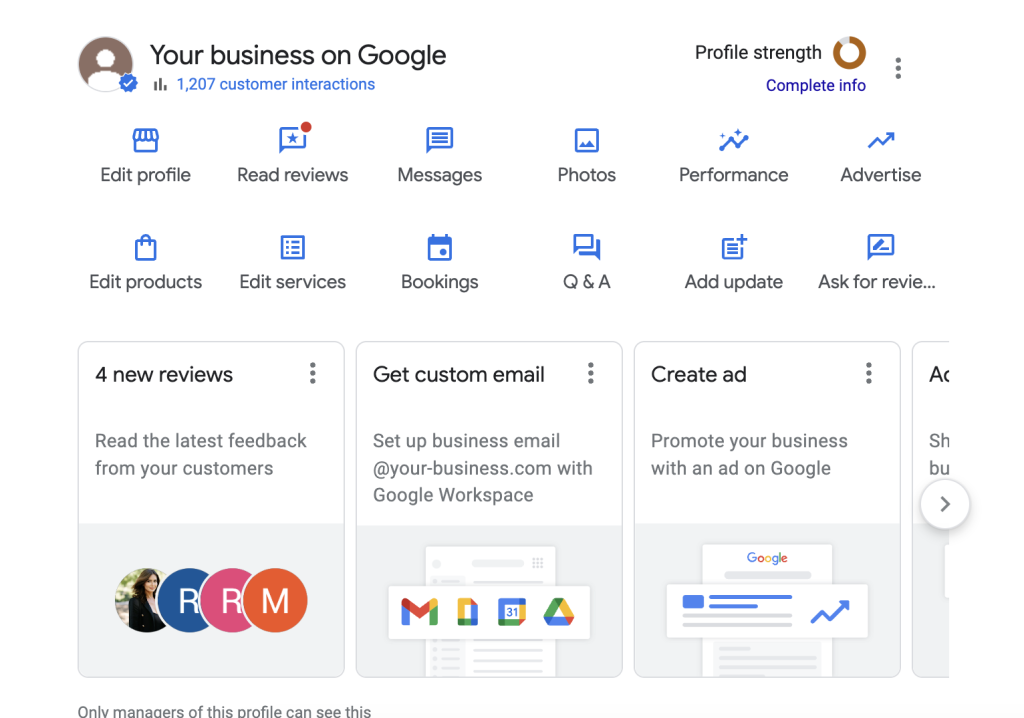
Regularly Update Information
Keep your GMB profile updated with any changes to your business information. Regular updates ensure that customers have the most accurate information and can help improve your local search rankings.
2. Ensure NAP Consistency
What is NAP?
NAP stands for Name, Address, and Phone number. Consistency in NAP information across all online platforms is crucial for local SEO.
How to Maintain NAP Consistency
Ensure that your business name, address, and phone number are consistent across your website, social media profiles, and online directories. Inconsistencies can confuse search engines and customers, leading to lower rankings and lost business.
Tools for Managing NAP Data
Several tools can help you manage your NAP data, such as Moz Local, Yext, and BrightLocal. These tools can help you find and correct inconsistencies, ensuring that your business information is accurate and consistent across the web.
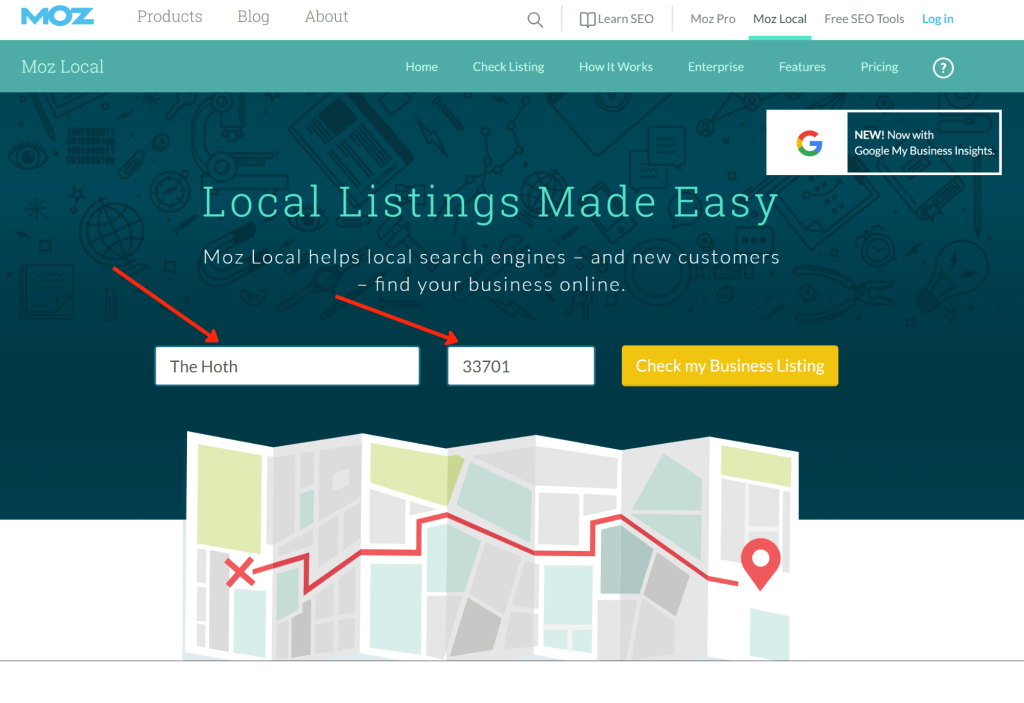
3. Leverage Local Keywords
Researching Local Keywords
Local keywords are phrases that include geographic terms related to your business location. Use keyword research tools like Google Keyword Planner, SEMrush, and Ahrefs to find relevant local keywords for your business.
Using Local Keywords in Content
Incorporate local keywords naturally into your website content, meta descriptions, titles, headers, and image alt texts. This helps search engines understand the geographic relevance of your business and improves your chances of appearing in local search results.
Tools for Local Keyword Research
Tools like Google’s Keyword Planner, Moz, and Ahrefs can help you find and analyze local keywords. These tools provide insights into search volume, competition, and related keywords, helping you choose the best keywords to target.
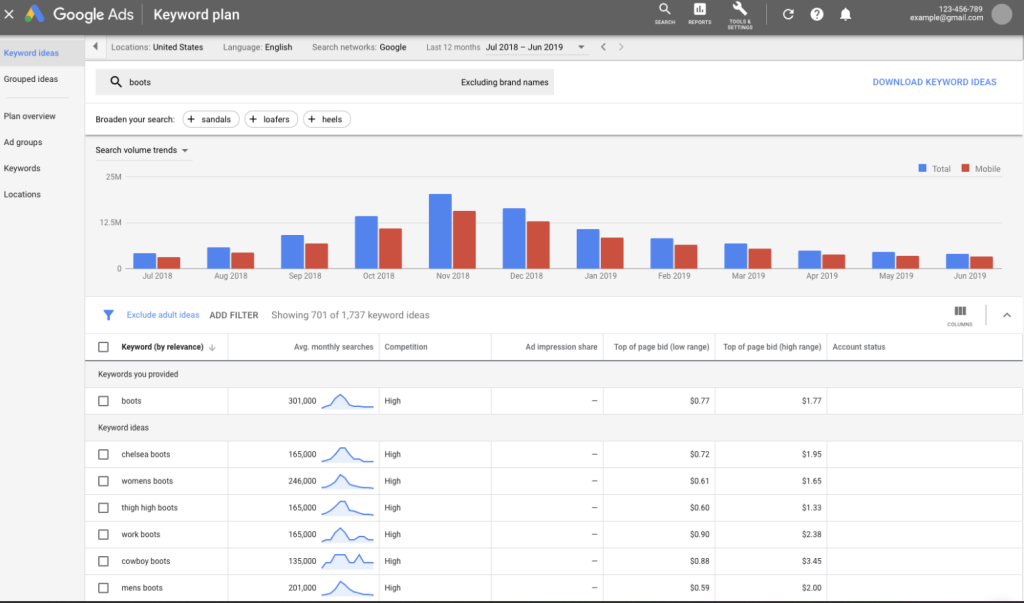
4. Optimize for Mobile
Importance of Mobile Optimization
With the increasing use of mobile devices for searching the web, it’s crucial to optimize your website for mobile users. Mobile-friendly websites provide a better user experience and can improve your local search rankings.
Responsive Design Tips
Ensure your website uses a responsive design that adjusts to different screen sizes and devices. A responsive design enhances user experience and can positively impact your search rankings.
Testing Mobile Friendliness
Use tools like Google’s Mobile-Friendly Test to check if your website is optimized for mobile devices. These tools provide insights and recommendations for improving your site’s mobile performance.
5. Create Local Content
Types of Local Content
Creating content that appeals to your local audience can boost your local SEO efforts. Consider writing blog posts, guides, and articles that address local issues, events, and interests.
Blogging for Local Audience
Regularly update your blog with content relevant to your local audience. This could include local news, events, and community activities. Engaging local content can attract more local visitors to your website.
Local News and Events
Feature local news and events on your website. This not only attracts local traffic but also signals to search engines that your business is active and relevant in the local community.
6. Build Local Backlinks
Importance of Local Backlinks
Backlinks from local websites and directories can significantly improve your local search rankings. They signal to search engines that your business is relevant and trusted in the local community.
Strategies for Acquiring Local Backlinks
Reach out to local businesses, bloggers, and news websites to acquire backlinks. Participate in local events, sponsor local charities, and join local business associations to build relationships and earn backlinks.
Monitoring and Maintaining Backlinks
Use tools like Ahrefs, Moz, and SEMrush to monitor your backlinks. Ensure that your backlinks are from reputable sources and disavow any harmful links that could negatively impact your rankings.
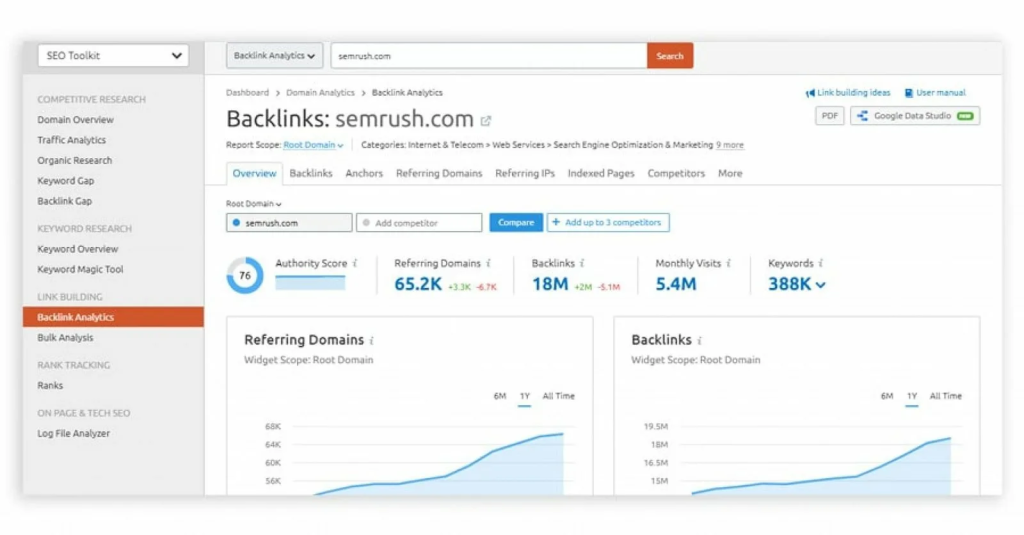
7. Encourage Customer Reviews
Importance of Reviews
Customer reviews are crucial for local SEO. They influence potential customers’ decisions and impact your local search rankings. Positive reviews can boost your credibility and attract more business.
How to Get More Reviews
Encourage satisfied customers to leave reviews on Google, Yelp, and other review platforms. Make it easy for them by providing direct links to your review pages.
Responding to Reviews
Respond to all reviews, both positive and negative. Show appreciation for positive reviews and address any issues raised in negative reviews. This demonstrates your commitment to customer satisfaction and can improve your online reputation.
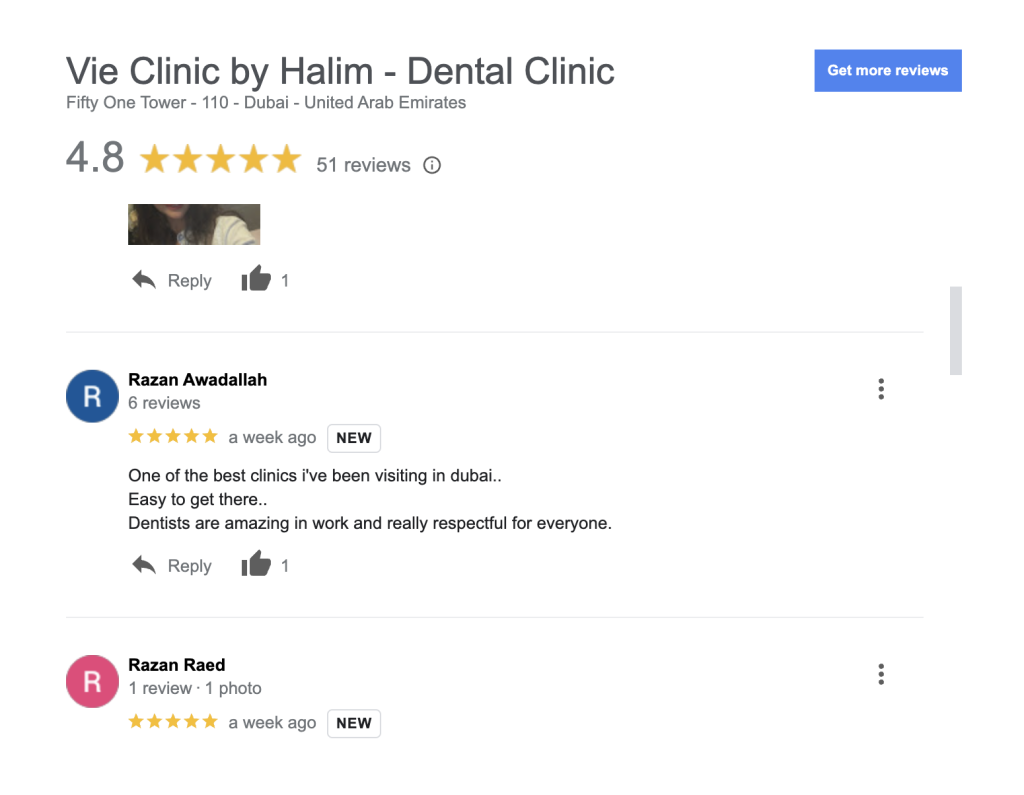
Social Media Platforms for Local SEO
Use social media platforms like Facebook, Instagram, and Twitter to engage with your local audience. These platforms can drive traffic to your website and improve your local SEO.
Engaging with Local Community
Interact with your local community on social media by sharing local news, events, and promotions. Respond to comments and messages to build relationships and increase your local presence.
Running Local Campaigns
Run social media campaigns targeting your local audience. Use location-based targeting to reach potential customers in your area and promote your products or services.
9. Optimize for Voice Search
Rise of Voice Search
With the increasing use of voice assistants like Siri, Alexa, and Google Assistant, optimizing for voice search is becoming essential for local SEO.
Voice Search Optimization Tips
Focus on natural language and conversational phrases in your content. Answer common questions related to your business and use structured data to help search engines understand your content better.
Content for Voice Queries
Create content that addresses common voice queries. Use a FAQ format and provide clear, concise answers to questions that potential customers might ask.
10. Monitor and Analyze Your Local SEO Performance
Tools for Monitoring Local SEO
Use tools like Google Analytics, Google Search Console, and Moz to monitor your local SEO performance. These tools provide insights into your traffic, rankings, and overall SEO health.

Key Metrics to Track
Track metrics such as organic traffic, local search rankings, click-through rates, and conversion rates. These metrics can help you understand the effectiveness of your local SEO strategies and identify areas for improvement.
Making Data-Driven Decisions
Use the data collected from monitoring tools to make informed decisions about your local SEO strategy. Adjust your tactics based on performance data to continuously improve your local search visibility.
FAQs about Local SEO
What is Local SEO?
How Can I Improve My Local Rankings?
Why are Customer Reviews Important?
What Tools Can Help with Local SEO?
How Does Mobile Optimization Affect Local SEO?
Can Social Media Impact Local SEO?
Recap of Key Strategies
Local SEO is vital for small businesses looking to attract local customers and improve their online visibility. By optimizing your Google My Business listing, ensuring NAP consistency, leveraging local keywords, and focusing on mobile optimization, you can enhance your local search rankings. Creating local content, building local backlinks, encouraging customer reviews, utilizing social media, optimizing for voice search, and monitoring your performance are also essential strategies.
Next Steps for Small Businesses
Start implementing these local SEO strategies today to boost your local search visibility and attract more customers. Continuously monitor your performance and adjust your tactics based on data to achieve the best results.